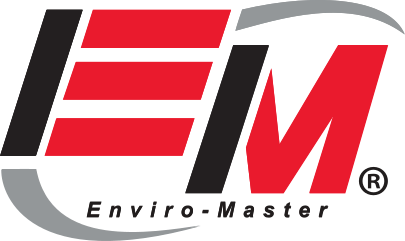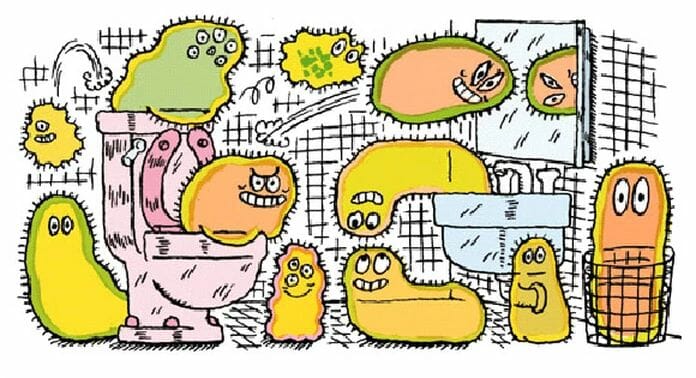Few issues in institutional and commercial facilities generate as much discussion as restroom hygiene. Increased concerns about hygiene have led to more scrutiny of restrooms and their relation to human illness, as well as general indoor environmental quality. In turn, many managers have revamped their approach to specifying restroom products.
By understanding the role of disinfectants and key restroom products — including flush valves, paper and soap dispensers, and sink faucets — managers will be better able to specify appropriate products to meet specific hygiene challenges.
Identifying Suspects
All restroom surfaces — floors, walls, partitions, counters, fixtures — and even the air carry microbes and can be the source of hygiene issues if they are not properly cleaned, maintained, and periodically upgraded to incorporate new technology.
Restroom hygiene involves both seen and unseen challenges. The visible category is a combination of trash on the floor and counters; overflowing waste receptacles; dirty towels in dispensers; and dirty floors, walls, partitions, counters, and fixtures.
These are not only unpleasant and carry germs. They also can cause users to avoid tasks for proper hygiene, such as flushing toilets and urinals, using soap and water, and using dispensers because of cross-contamination concerns. Regular, frequent cleaning of these components can create a bright, sparkling restroom that is much more likely to invite good hygiene habits and good housekeeping from users.
The unseen restroom challenges are somewhat harder to address. Housekeeping crews and restroom users often ignore them simply because they are out of sight and out of mind. The challenges include germs — bacteria, viruses, and fungi — that can exist in restrooms and that housekeepers must remove constantly with cleaning products, chemical disinfectants, and proper sanitizing methods. Common bacteria found in restrooms include:
- staphylococci, which is most prevalent in hospitals or from infected wounds
- streptococci, from sore throats
- E-coli and campylobacter, from diarrheal infections
- salmonella, from infected food products, mainly meat.
Floors, shower walls and shower curtains can harbor mold and tricophyton, which are fungi. Door handles and light switches can introduce staph infections. Wastebaskets can be sources of rhinovirus and respiratory syncytial virus (RSV). Flush handles can be sources of enterococcus and rotavirus. Faucet handles can be contaminated with rotavirus. Tissue boxes can contain rhinovirus. Dust anywhere can harbor a variety of germs, not just dirt.
The key weapon against these unseen challenges is a comprehensive restroom-sanitation program based on testing to identify specific needs and solutions. Flush valves, paper and soap dispensers, and sink faucets in many restrooms require visitors to touch them to use them.
The best way to ensure good hygiene is proper and frequent cleaning and disinfecting that kills all germs. The new range of touchless fixtures also can relieve some concerns about cross-contamination.
#FYI #RestroomHygiene #Germs #Bacteria


